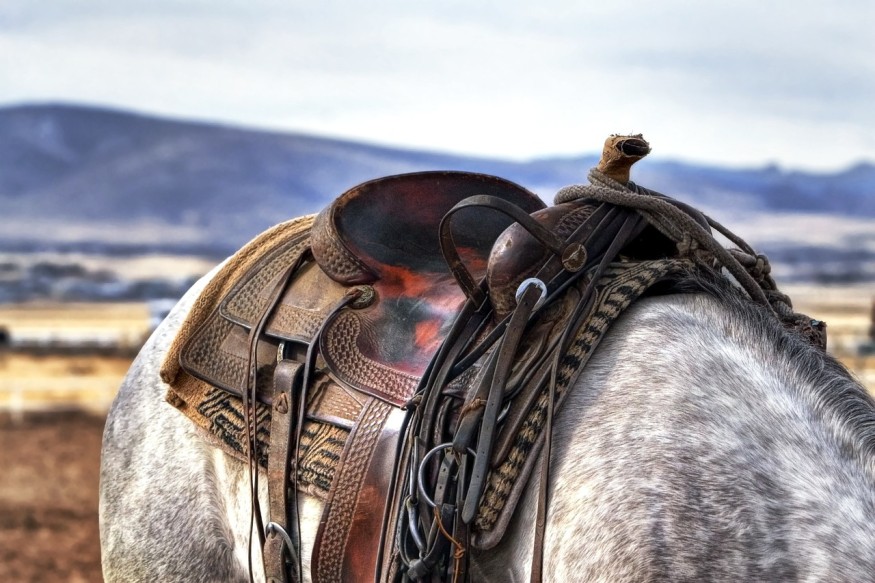
Archaeologists were able to spot an elaborate and intricate leather saddle from a grave situated in northwestern China. This unique finding may possibly be the oldest leather saddle that has ever been found.
Oldest Leather Saddle Ever Found?
According to Live Science, the leather saddle remained preserved for roughly 2,700 years in an arid and dry desert. It was specifically spotted in a woman's tomb at a cemetery situated in Yanghai. The woman wore woolen pants, short leather boots, and a hide coat. The archaeologists also note that there was a leather saddle by her buttocks that was placed as if the woman were mounted into it.
The unique discovery was published in Archaeological Research in Asia. Based on radiocarbon dating, the saddle was found to date from between 396 B.C. and 724. It was a pair of cowhide cushions that were filled with straw as well as camel and deer hair.
The artifact may date before the saddles of the Scythians, who were warlike and nomadic horse riders from across the central and western Eurasian Steppe. These Scythians had interactions with the ancient Romans and Greeks. They were also able to find a strong and rich empire that is centered in present-day Crimea, per Britannica. The oldest saddles of these people seemingly date from between B.C. 300 and 500 and were spotted across eastern Kazakhstan and Russian regions of Siberia.
Now, considering how far back this leather saddle dates, it is now positioned at the start of the history of saddle making, as noted by archaeologist Patrick Wertman from the University of Zurich.
Shevan Wilkin, a biomolecular archaeologist from the same university, also explains that the leather saddle's remarkable preservation could mean that other saddles, which could be even older, could be spotted in nearby areas.
History of Horse Riding and Saddle Making
Per Live Science, the earliest horse riders mounted mats onto their horses' backs using straps. Carvings reveal that cavalrymen from Assyria used such gear for horseback riding back in 700 B.C.
The exact period of saddle invention still remains a mystery to archaeologists. Nevertheless, it is likely that horseriders in Central Asia were behind the novel invention during the mid-first millennium B.C. If this were the case, the leather saddle found in a woman's tomb would be among the oldest pieces ever found, per Wertman.
He adds that saddle making started when rider safety and comfort and horse health started becoming a growing concern for horse riders. These gears enabled riders to traverse longer distances.
The saddles from Yanghai and Scythian were observed to have unique supports. These supports enable the riders to raise themselves when necessary and keep their position firm.
RELATED ARTICLE : 5,000-Year-old Burial Mounds of the World's Earliest Horseback Riders Found in Asia and Europe
Check out more news and information on Archaeology in Science Times.
© 2026 ScienceTimes.com All rights reserved. Do not reproduce without permission. The window to the world of Science Times.











